BAAS Arquitectura Monography TC Cuadernos
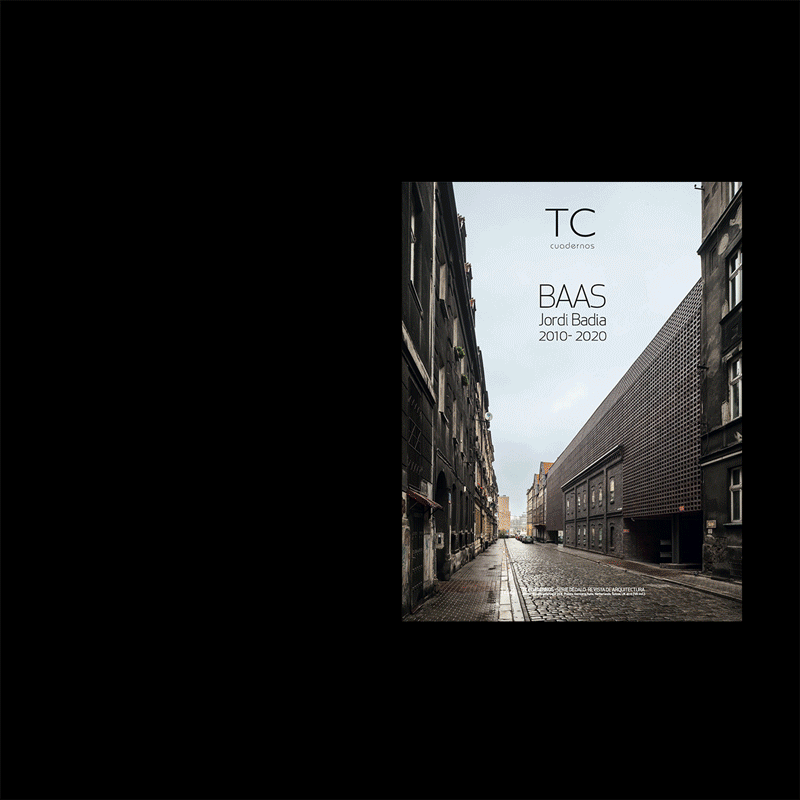
Ten years ago, we presented the first TC Cuadernos monograph dedicated to BAAS. The studio had already been working with that name for some years, since 1993, and the publication compiled some of the works we had built until then: the Funeral Parlour of León, the courts of Sant Boi, the CH house in La Garriga…
Since then, many things have changed and BAAS has evolved, working towards assimilating those changes. It is difficult to specify what the main lines of work of a studio are, especially for the authors themselves, but we are convinced that it is precisely in these compilations, grouping together some of the most recent works, where common elements can be perceived, if any exist.
If we had to analyse and explain what our working method is, we would surely begin by talking about the site. We are interested in the capacity of architecture to adapt to an environment in a natural way, as if it had always belonged to that context, without disturbing, breaking or violating the physical coexistence with the buildings that have arrived there before us. This is particularly visible in urban environments, where we try to make our pieces fit together like the last piece in the puzzle that gives meaning to the whole, completing a part of the city as if it had always been there. This is why at the beginning we always work with the location plan and scale models of the surroundings, always checking that the scale, tone and shapes are a logical continuation of what already exists; in other words, we try to build city rather than architecture. From the collective point of view, we try to give the structure the size and appearance that it should have according to its urban role, without too many concessions to the programme, which we know may change in the future.
In line with this physical continuity, we are also interested in a certain continuity with the tradition and history of the place. This seems to us to be an act of respect. We are not interested in vindicating our modernity with glittering shiny-new materials, but we try to construct our architectures with natural and traditional materials such as ceramics, wood and concrete, with coarse and dense textures that fit easily into their context without seeming to have dressed too fancy for the party. These types of materials common to popular architecture seem comfortable and friendly to us, and at the same time guarantee that they belong to the place.
This look to the past and to tradition links up with Oteiza’s famous phrase, which we have often used: “Whoever forges ahead creating something new, does so like an oarsman, moving forward, but back-paddling, looking behind him towards the past,” and also leads us to observe some values of traditional architecture that have perhaps been lost with the emergence of modern architecture, sometimes too preoccupied with itself and its language. The balcony, the moulding, the cornice and the shadows cast by all these elements on the facades enrich the morphology of the street and the quality of the city’s public space. With our works, modestly, we try to recover that quality.
But all this we try to do from a look anchored in the present, without renouncing a certain autonomy of form that contains the singularity and personality necessary in any piece of architecture. When Oscar Niemeyer was asked in an interview what architecture was for him, he replied “Surprise and Emotion”. This seems to us to be a magnificent definition with which we identify, suggesting that architecture must be original in order to achieve this surprise, but that without the precise emotion it can be nothing more than short-lived fireworks.
We hope that some of these intentions will be perceived, however slightly, in this selection of some of the architecture that we have built over the last ten years and that have been chosen for this publication.
Other projects by BAAS arquitectura
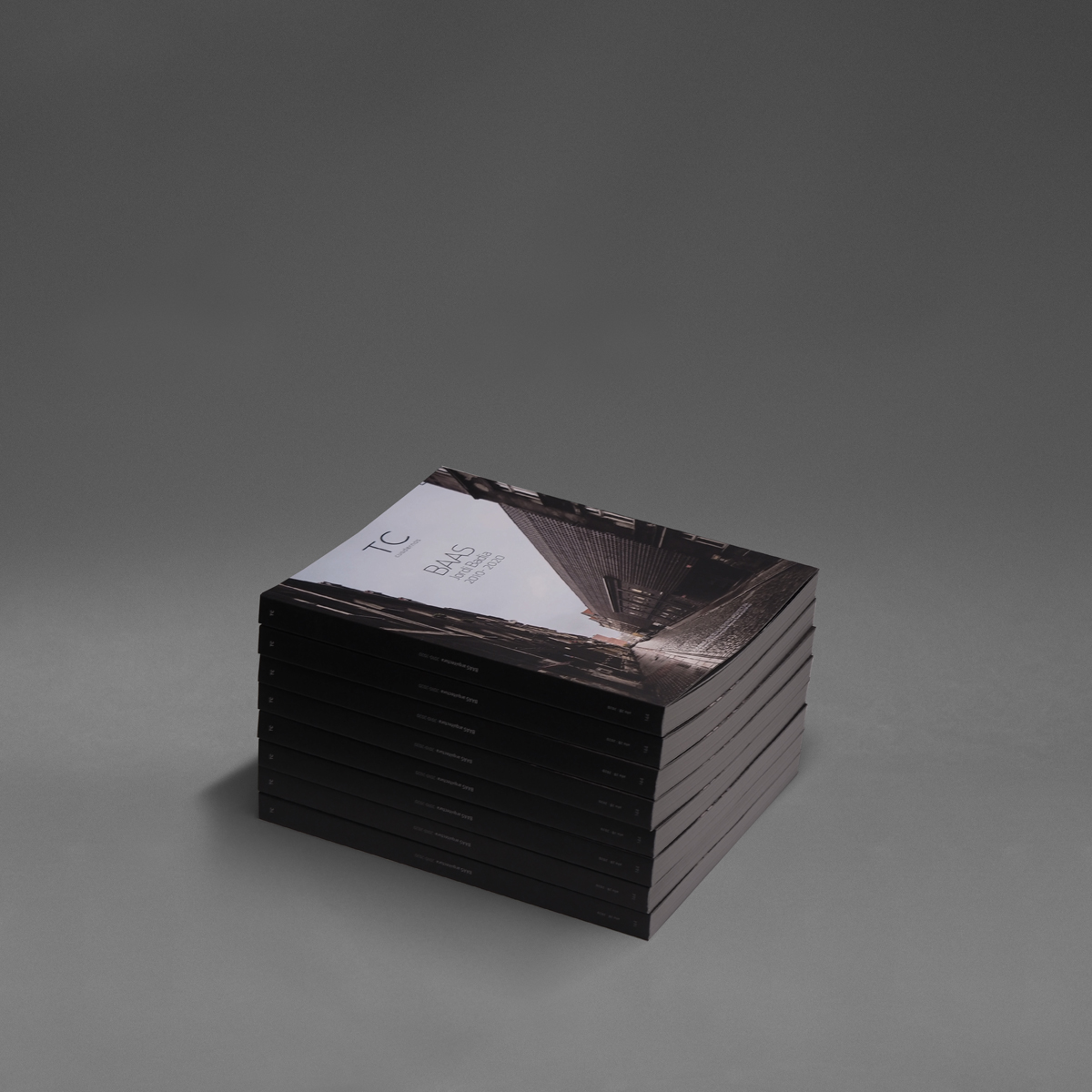
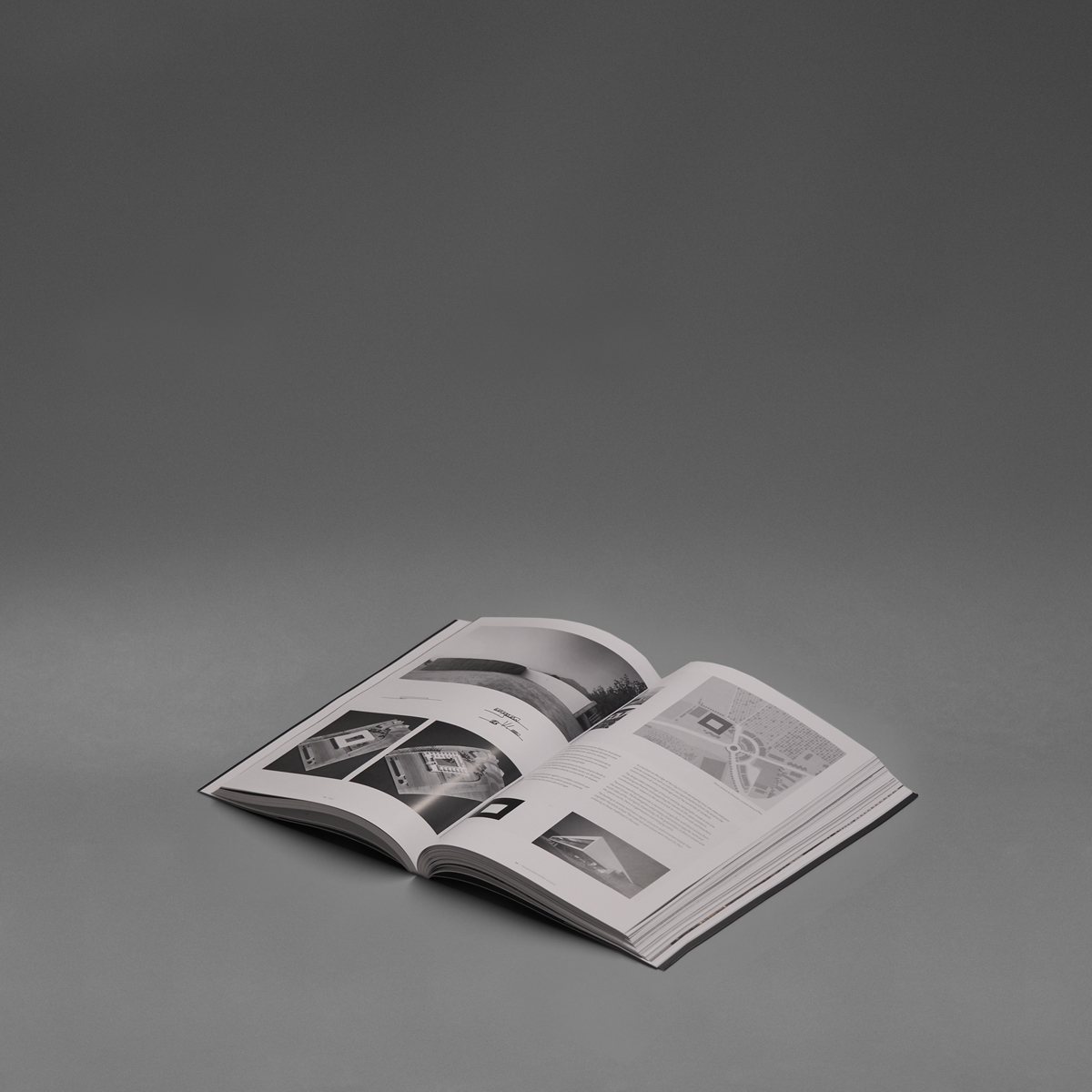
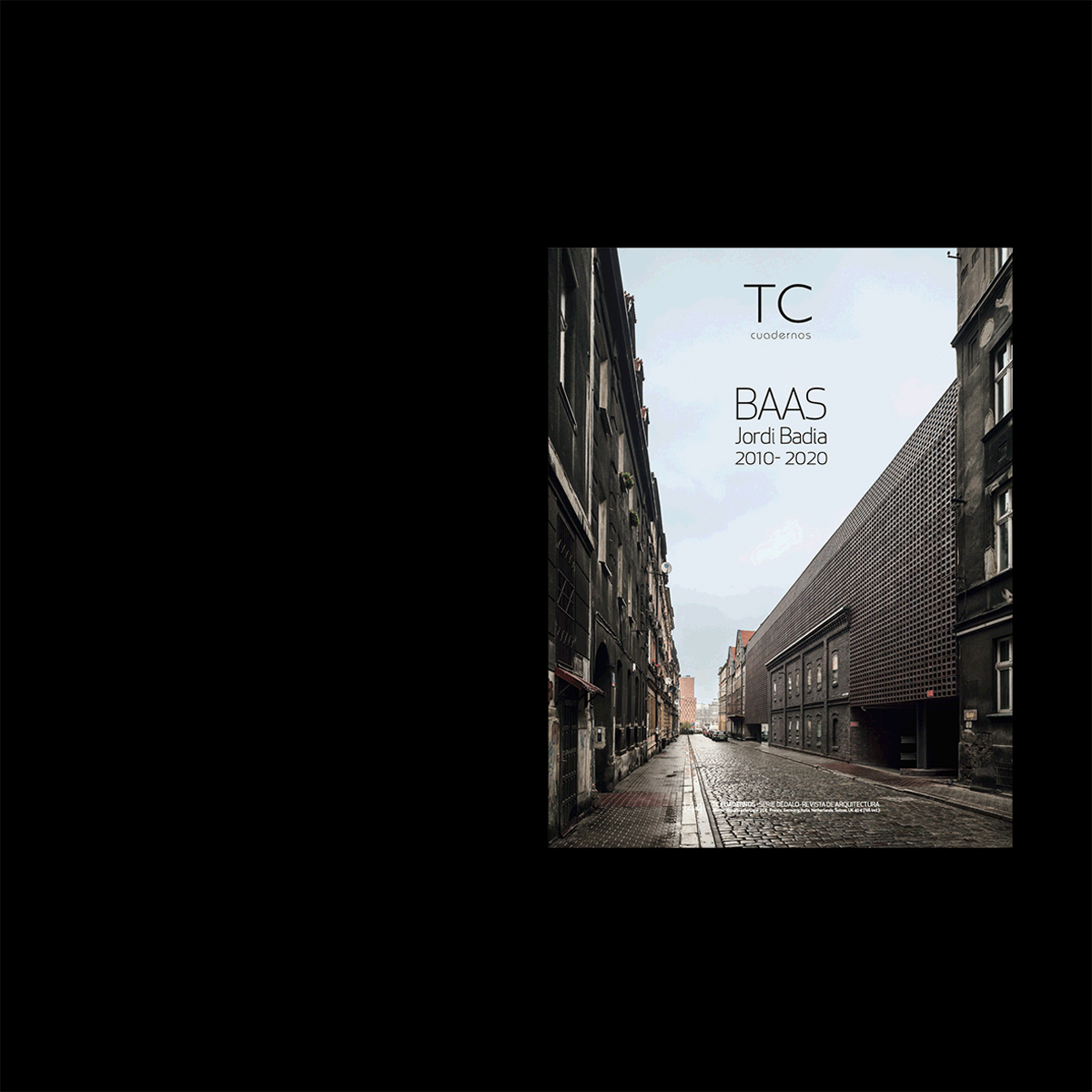


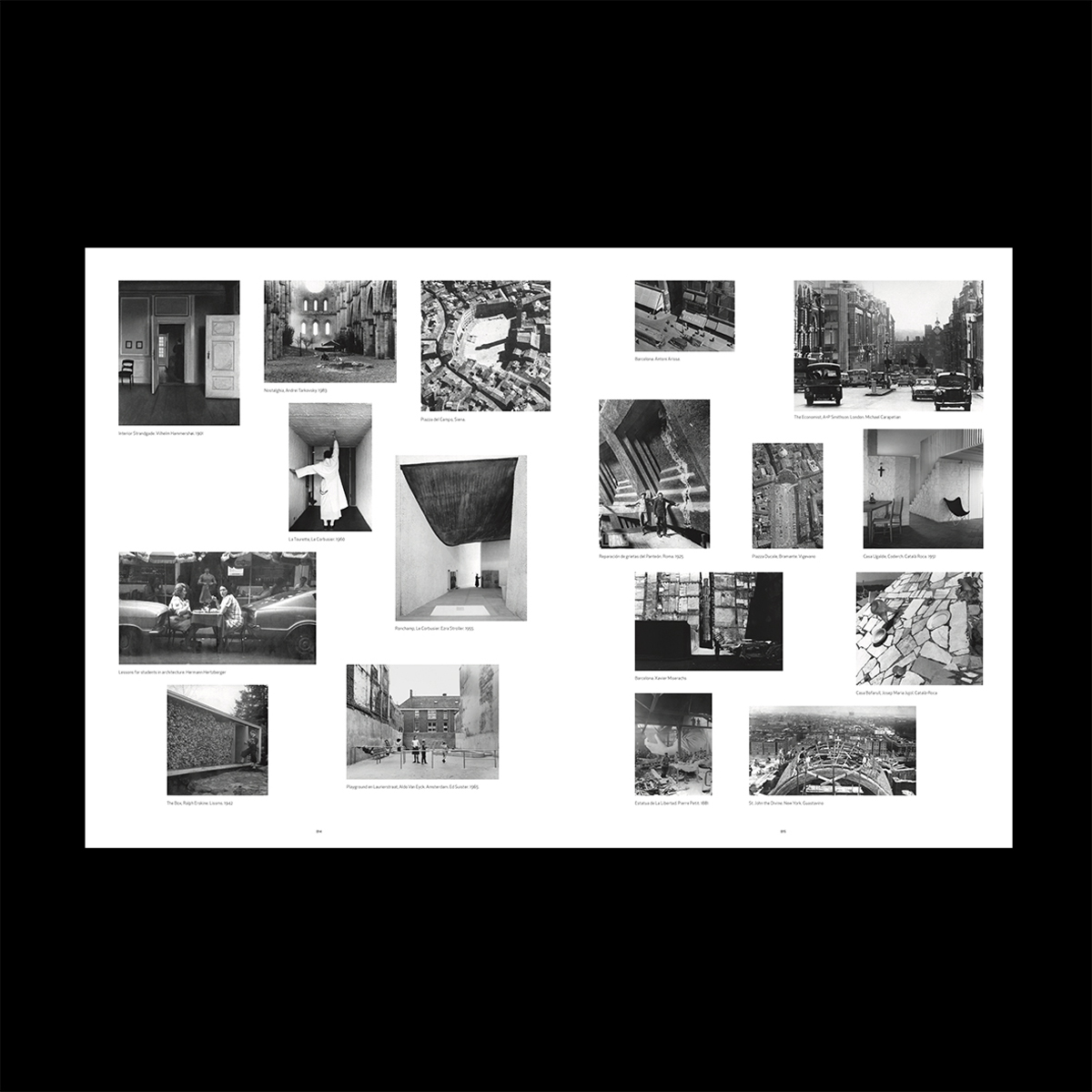
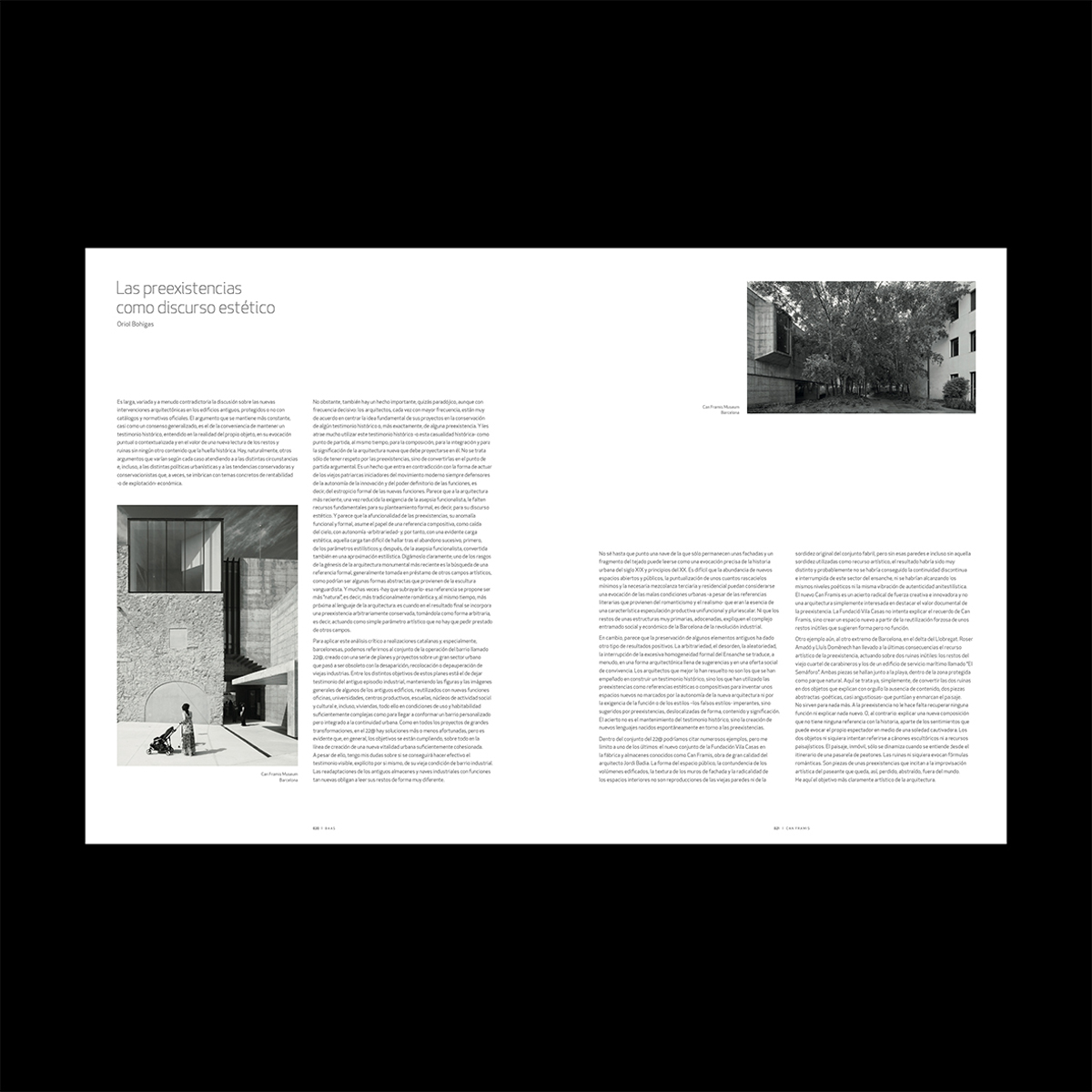
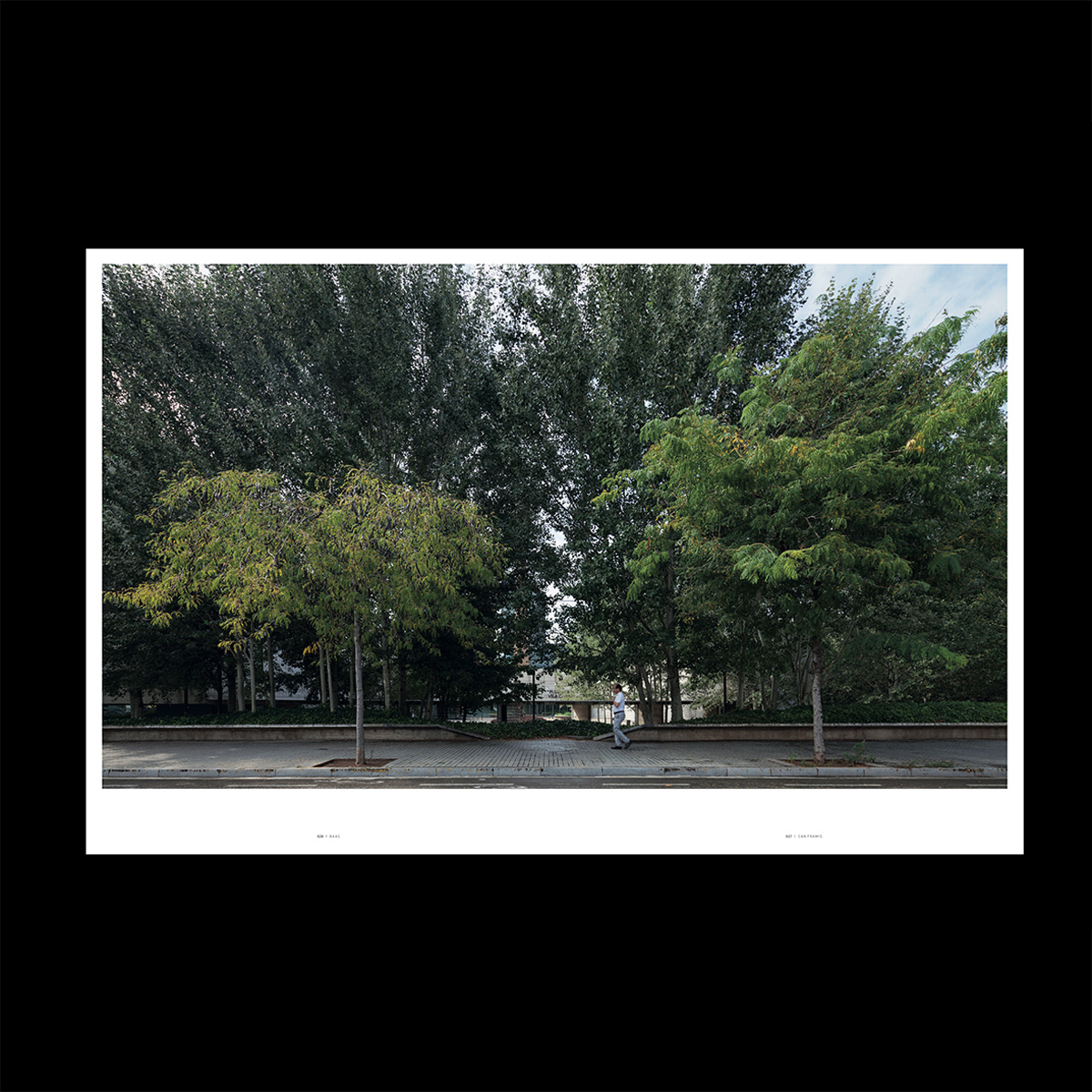
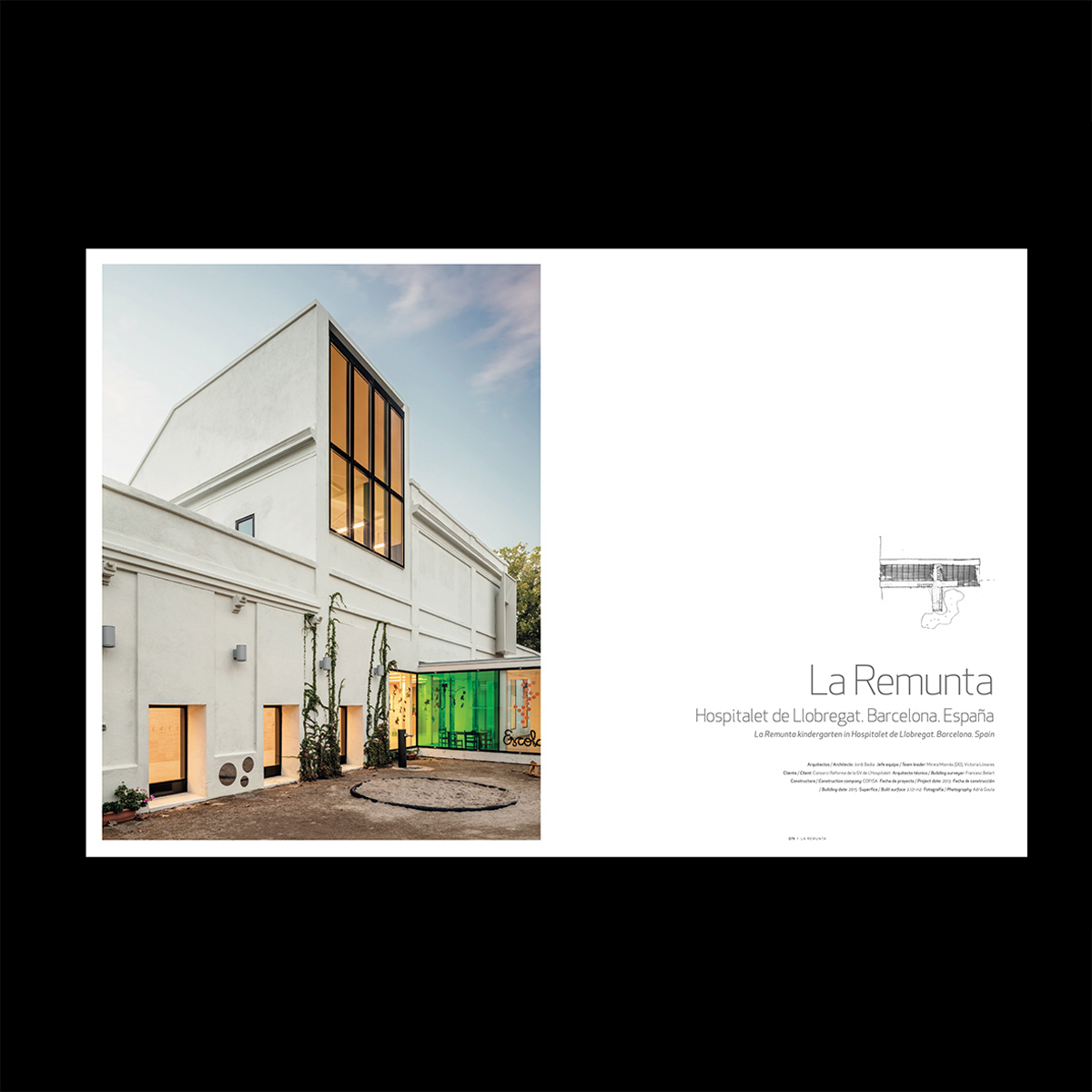
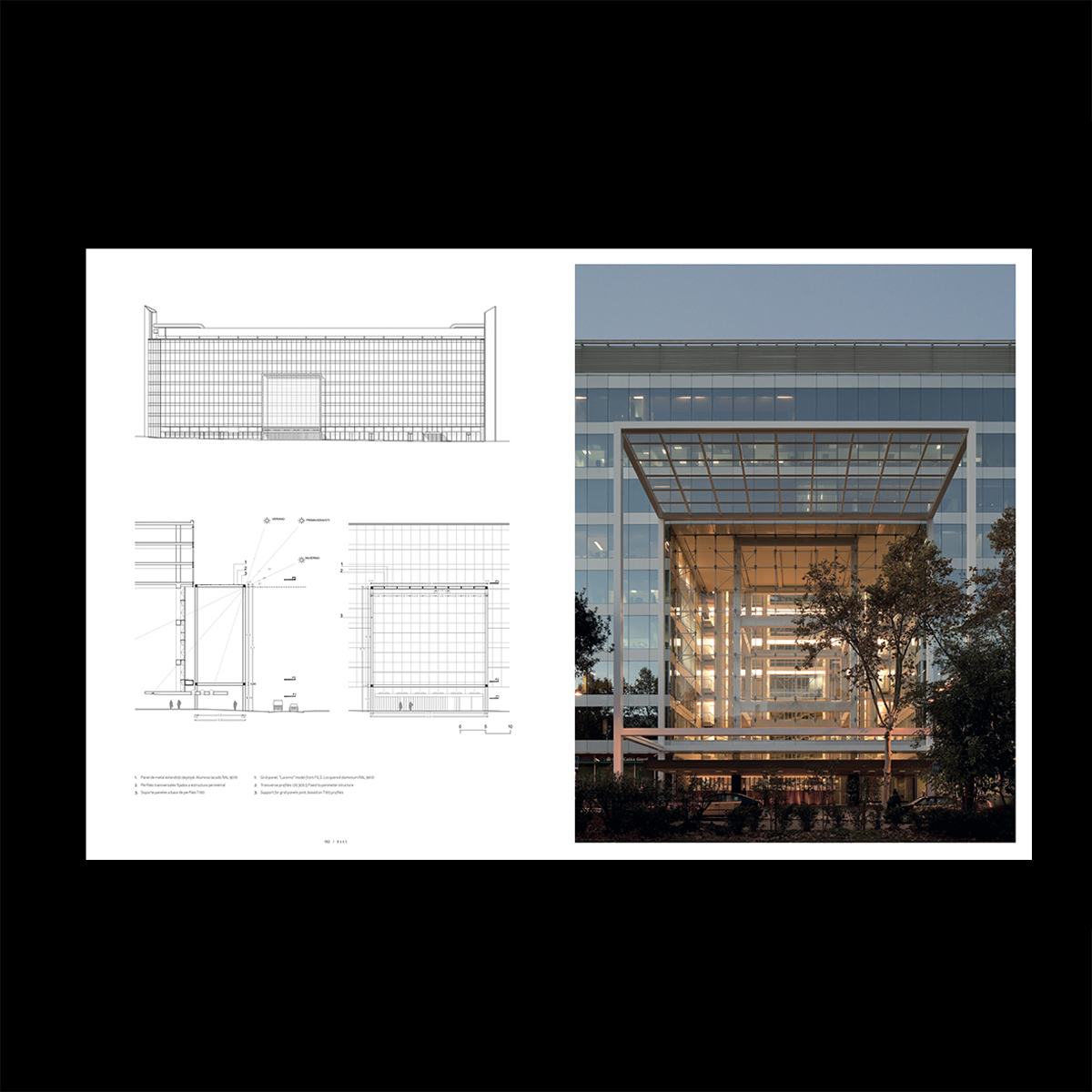
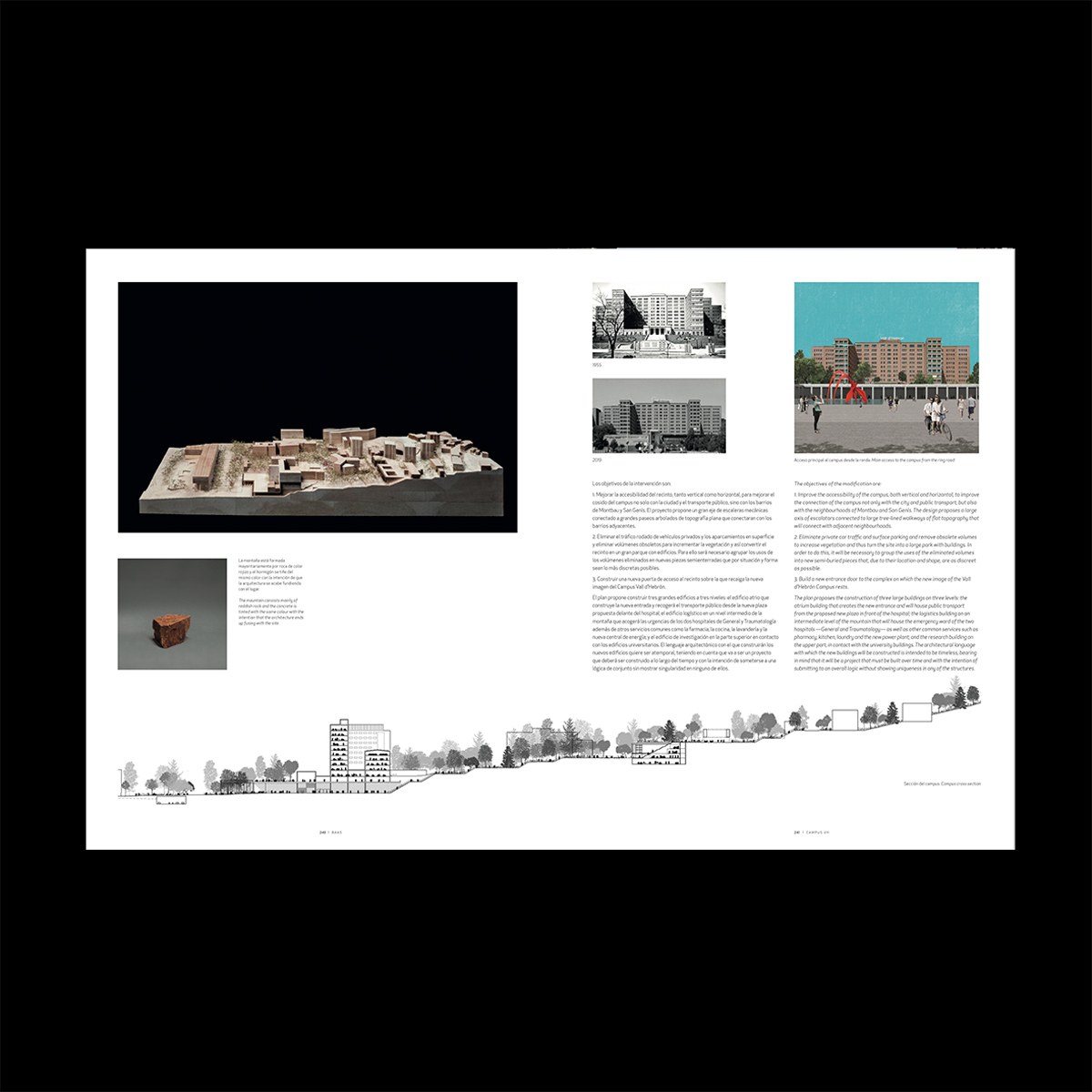
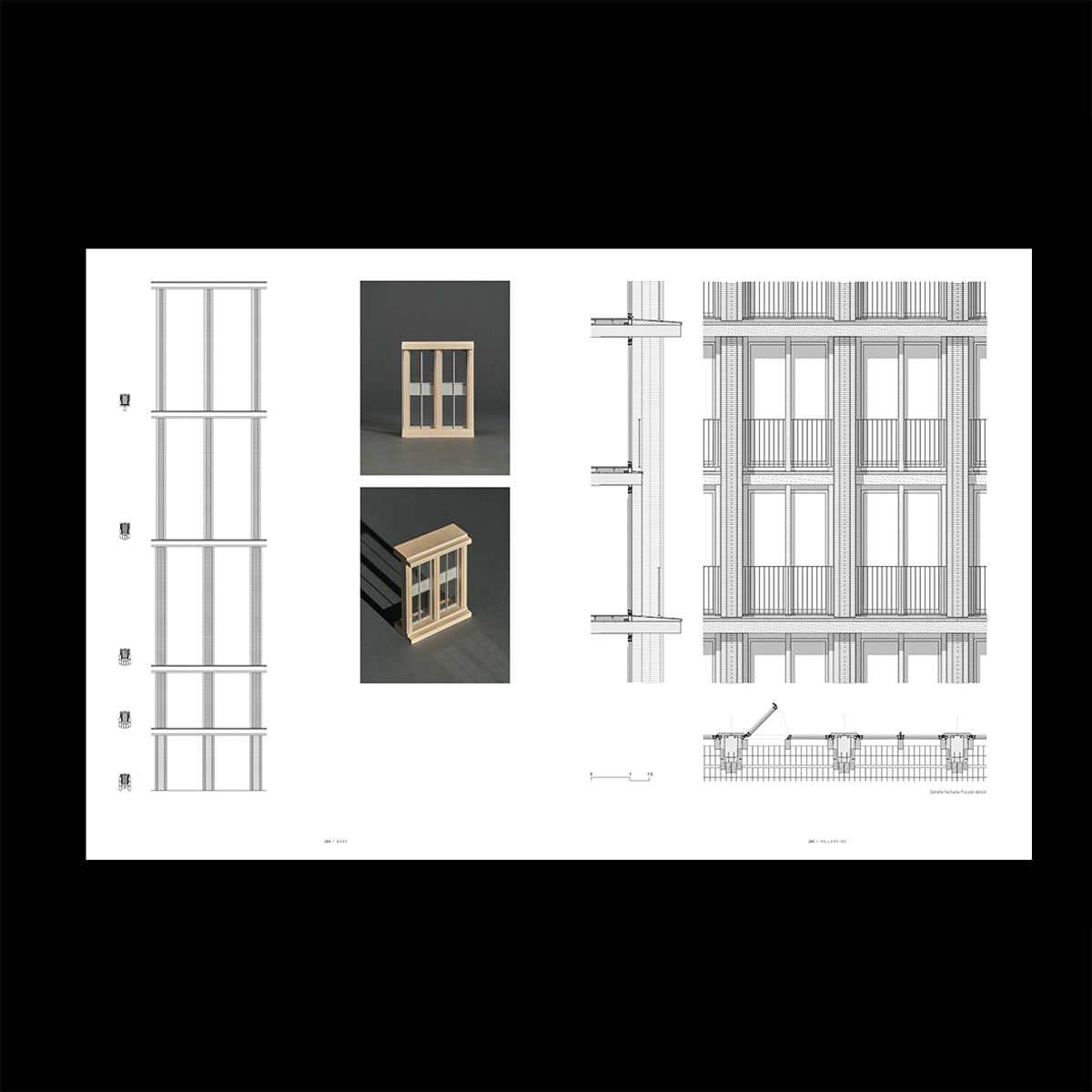
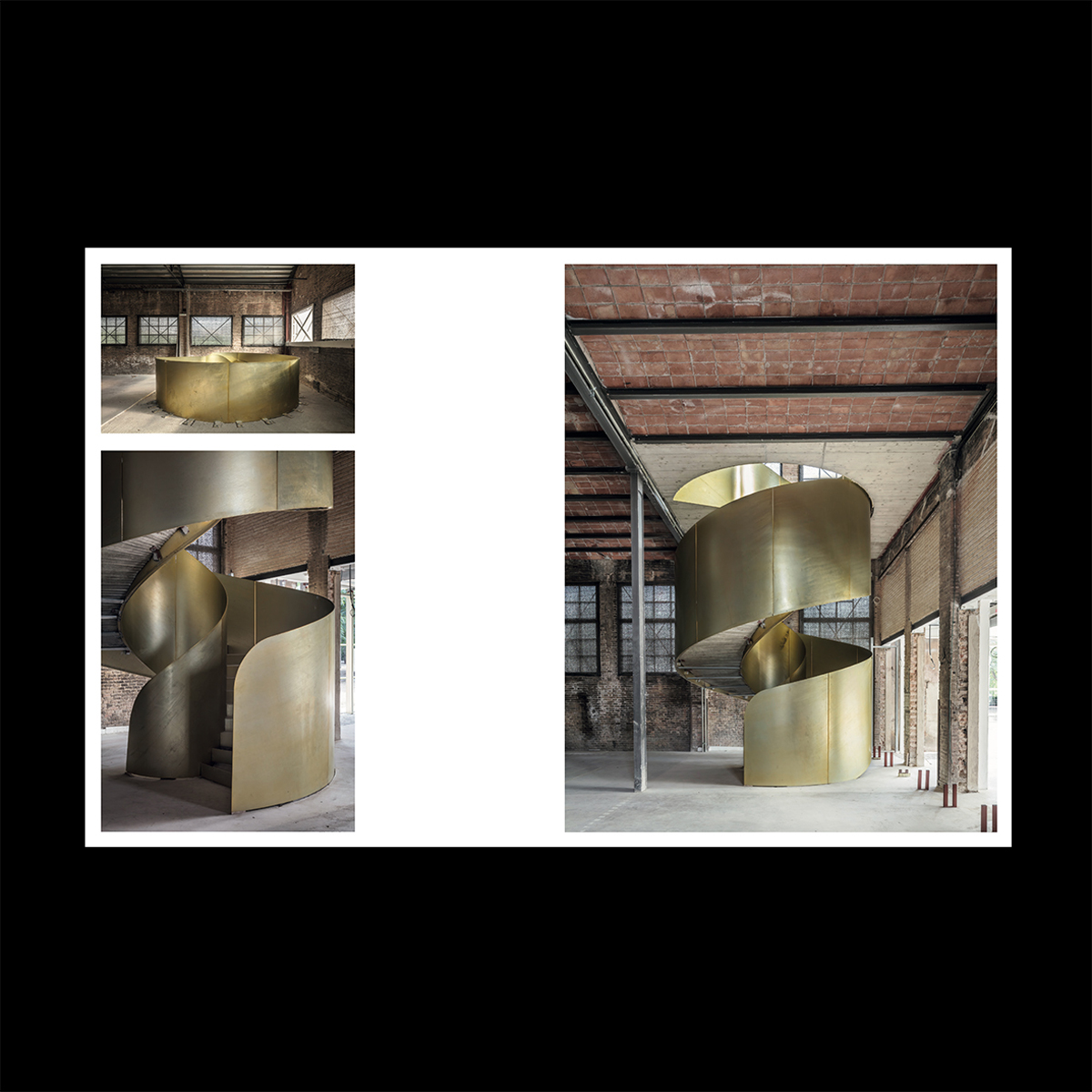
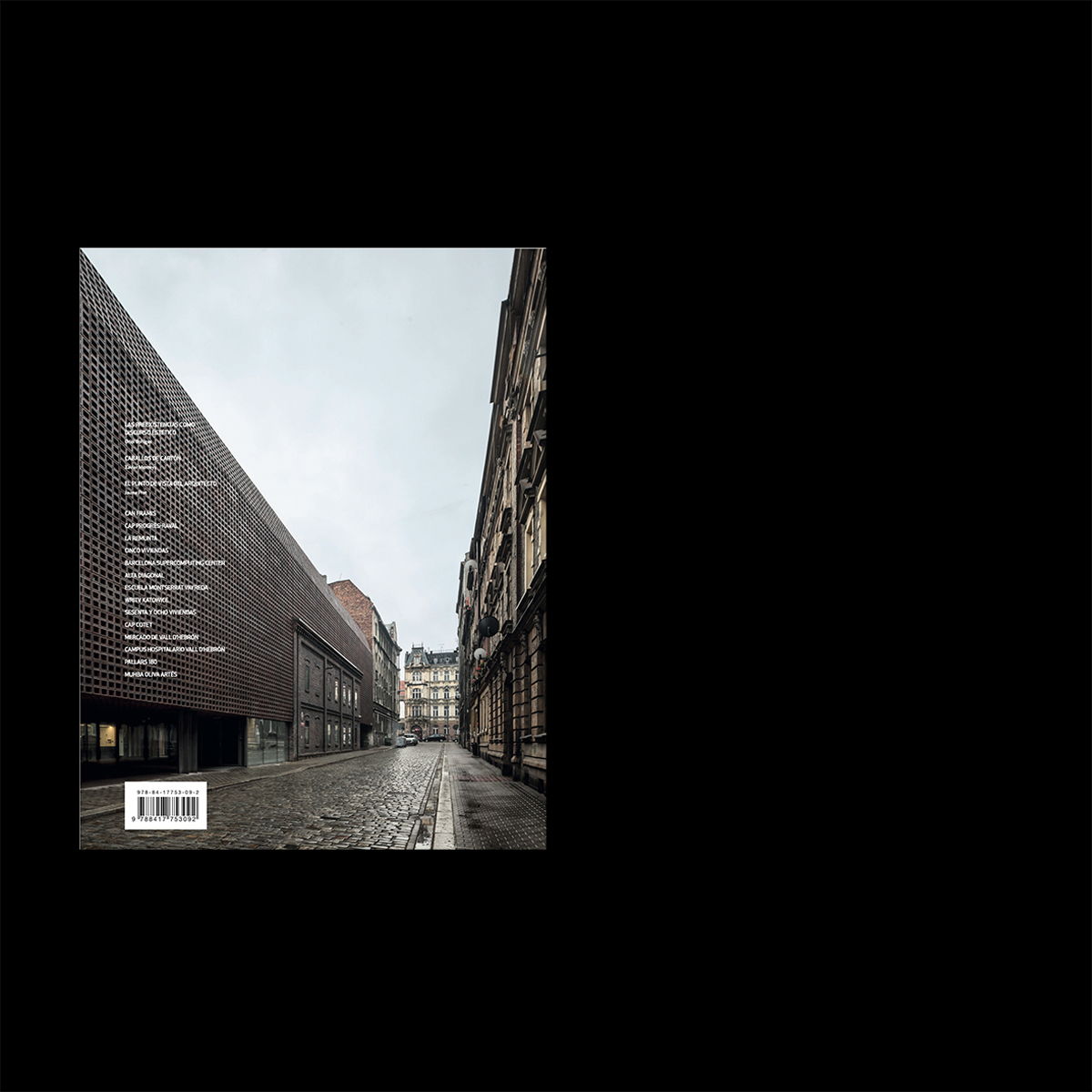





1 Comment